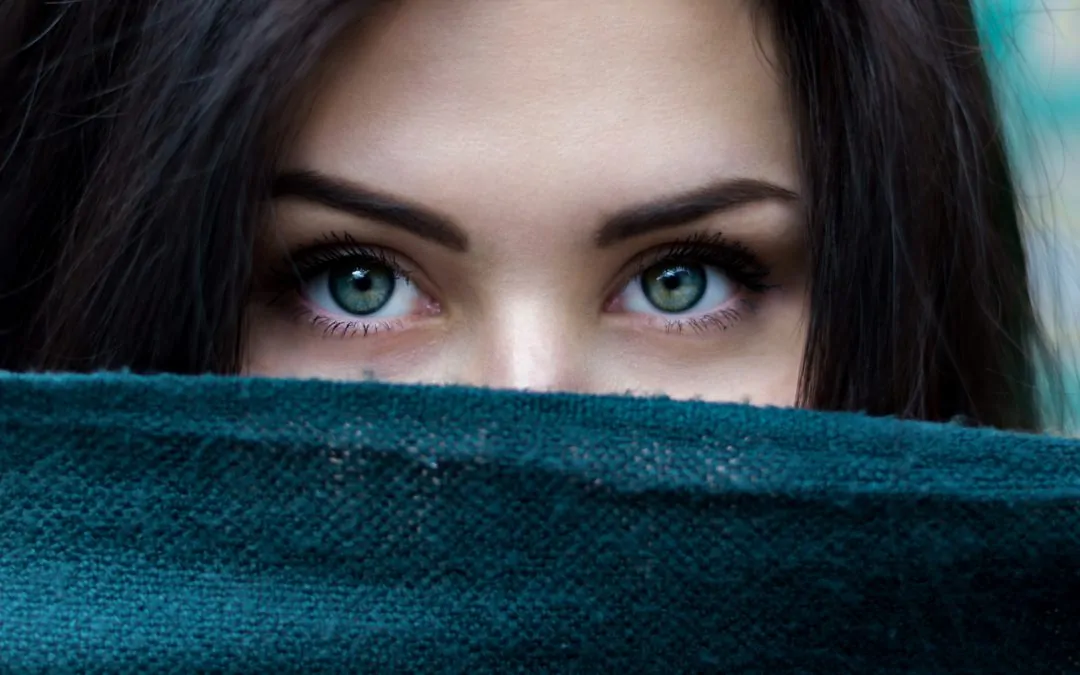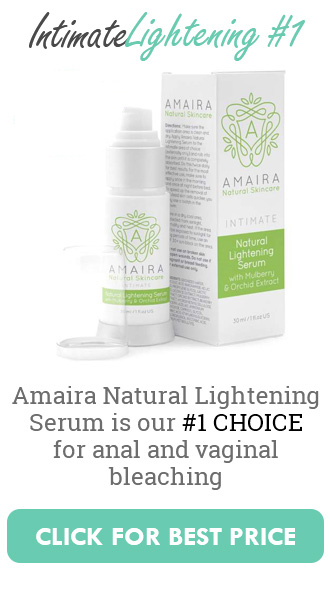Dark circles under the eyes are a common occurrence in both men and women. Often accompanied by so-called bags, dark circles can make you appear older than you are – which, let’s be honest – nobody is a fan of. To make matters worse, they can be difficult to get rid of.
But, there is hope yet, so read on for treatments.
Who is most affected by dark undereyes? While it can impact everyone, even children, dark circles under the eyes are most common in people who:
- are older
- have a genetic predisposition to this condition (the phenomenon is technically called periorbital hyperpigmentation)
- are from non-white ethnic groups (darker skin tones are more prone to skin darkening around the eye area)
But, why?
While fatigue may seem like the most logical and popular explanation for this condition, there are a number of different factors that can contribute to dark circles under the eyes. Most of them are mild and do not require medical attention.
What causes dark undereyes?

There are a number of contributing factors for dark circles. Here are the most common ones:
Fatigue
Oversleeping, a lack of sleep, extreme fatigue, or just staying up several hours later than your normal bedtime can cause dark circles to form under your eyes. Sleep deprivation can make your skin become pale and dull-looking, making the blood vessels and other dark tissues beneath your skin to show more prominently.
Additionally, lack of sleep can also cause excess bags of fluid to build under your lower eyelids, causing them to appear puffy. As a consequence, the dark circles you notice may actually be shadows cast by puffy eyelids.
Age
Natural aging is yet another common cause of dark circles under the eyes. As you get older, your skin becomes thinner. You also lose the necessary body fat and collagen required to maintain your skin’s elasticity. As this happens, the dark blood vessels under your skin become more visible causing the area below your eyes to visibly darken.
Eye strain
Staring at your phone, TV, tablet or computer screen can cause significant eye strain. This strain can cause blood vessels around the eyes to enlarge, leading to the skin surrounding your eyes to darken.
Dry Eyes and Allergies
Allergic reactions and dry eyes can trigger dark circles. When your body undergoes an allergic reaction, it releases histamines. Other than causing uncomfortable symptoms — including itching, redness, and puffy eyes — histamines also dilate the blood vessels which, again, become more visible beneath your skin.

Allergies can also make it very tempting to rub and scratch the itchy skin around your eyes. Doing so can worsen your symptoms, causing inflammation, swelling, and broken blood vessels. This can result in redness, flaking, and dark shadows under your eyes.
Dehydration
Lack of hydration is a common cause of dark circles, and especially bags under your eyes. When your body is not receiving the proper amount of water, the skin beneath your eyes starts to look dull and your eyes may appear sunken. This is due to their proximity to the underlying bone.
Too much Sun exposure
Overexposure to the sun can make your body produce an excess of melanin, the pigment that provides your skin with color. Too much sun — particularly on your eye area — can cause pigmentation in the surrounding skin to darken.
Genetics
Family history also plays a part in the development of dark circles under your eyes. It can be an inherited trait that can be seen as early as childhood, and may worsen as you age or, on the other hand, slowly disappear. Predispositions to other medical conditions — such as thyroid problems — can also result in dark circles beneath your eyes.
Dark Undereyes Treatment

At-Home treatments
Treatment for dark eye circles will depend on the underlying cause. However, there are many home remedies that can help manage this condition. Some of the more common methods include:
- Use a cold compress. A cold compress (or an ice bag) can help reduce swelling and shrink dilated blood vessels. This can reduce the appearance of puffiness and reduce dark circles. Wrap a few ice cubes in a clean washcloth and gently press it on your eyes. You can also use cold water to dampen a washcloth and hold it under your eyes for 20 minutes to achieve the same effect. If the cloth becomes warm, repeat this process with fresh water or new ice.
- Get extra sleep. Catching up on sleep can also help reduce the appearance of dark circles under your eyes. Allow yourself at least seven to eight hours of sleep to prevent dark circles from appearing.
- Elevate your head. While lack of sleep can play a part in causing dark bags under your eyes, sometimes it’s the way you sleep. Raise your head with a few pillows to prevent fluid from pooling under your eyes, avoiding the puffy and swollen look.
- Soak your eyes with cold tea bags. Applying tea bags to your eyes can improve their appearance. Tea (especially green or black tea) contains antioxidants and caffeine that can stimulate blood circulation, shrink your blood vessels, and reduce liquid accumulation beneath your skin. Soak two black or green tea bags in hot water for five minutes. Then, let them chill in the refrigerator for 15 to 20 minutes. Once they’re cold, apply the teabags to your closed eyes and leave them on for 10 to 20 minutes. Finally remove them, and rinse your eyes with cool water.
- Use makeup. While makeup and cosmetics do not cure dark eye circles, they can help you camouflage them. Concealers can cover dark marks which will help them blend in with your normal skin color. Of course, as with any topical treatment or makeup product, use proper care. Some makeup products can cause your symptoms to worsen and may even trigger an allergic reaction. If you start experiencing symptoms from any topical treatment, stop immediately and schedule a visit with your doctor.
Medical treatments

For a more permanent solution, medical treatments to reduce the appearance of dark circles under your eyes are also available. Some of the more common treatments include:
- chemical peels which help reduce pigmentation
- laser surgery to resurface the skin and provide skin tightening
- medical tattoos to inject pigment into transparent skin areas
- tissue fillers to conceal blood vessels that are contributing to skin darkening beneath your eyes
- fat removal to remove excess fat, for a smoother and even surface
- surgical implants of fat or synthetic products
Of course, before deciding on any cosmetic procedure please discuss your options with a doctor. Invasive medical treatments can be expensive, painful, and often require a long recovery time – so, don’t rush things.
Outlook
Dark circles under the eyes are temporary and are often an indication of aging or lack of sleep. Although there are many DIY and medical treatments available to improve the appearance of your eyes, you should always be aware that dark circles are typically no cause for alarm. If the discoloration or swelling worsens over time, however, your best choice would be to schedule a visit with your doctor or dermatologist and ensure you have correctly diagnosed the issue, and are receiving the best treatment.

